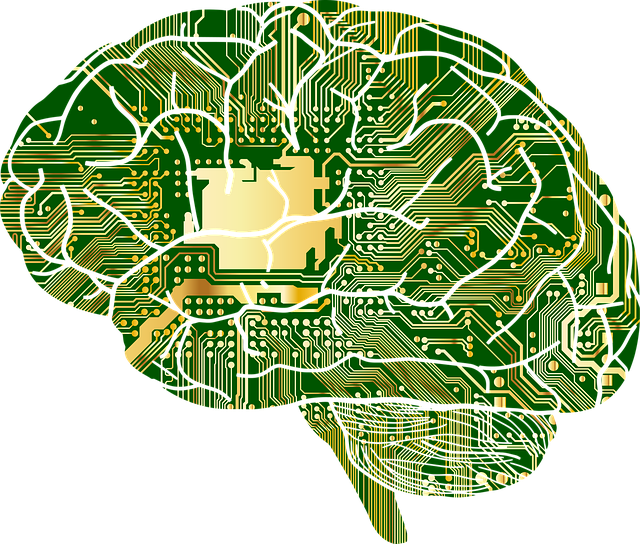 Guest post by Raghu Santanam from Arizona State University
Guest post by Raghu Santanam from Arizona State University
“…the main intellectual advances will be made by men and computers working together in intimate association.” — J.C.R Licklider, 1960
In the context of the central theme of the annual Workshop on Information Technology and Systems (WITS 2017) (I have the privilege of being the program co-chair this year…), I want to share my thoughts on how academics and industry are reassessing the future role of “intelligence.” Given the increasing interest in Digital Health, Smart Health and Connected Care, this issue is especially relevant in the context of healthcare.
While artificial intelligence, machine learning, and other autonomic technologies are usually in the spotlight, humans and computers solve many significant problems cooperatively. Thus, the design of analytics in healthcare has to focus as much on intelligence augmentation (IA) as it would on artificial intelligence (AI). IA requires a focus on interaction design that optimizes the abilities of human analysts to direct the computational process. As such, designers of information systems have to increase their focus on interactions, control, and interface points such that the resulting system is efficient, effective, and addresses the issues of appropriate human control. Applications of augmented intelligence are beginning to emerge in health care domain, but it is already prominent in other domains such as cybersecurity, counter-terrorism, and space exploration.
In the 1960s, Engelbart and Licklider (both managed research programs at Defence Advanced Research Projects Agency, or DARPA) pioneered the arguments for human-computer symbiosis. A fundamental assumption behind the need for human-computer symbiosis is that computers and human brains have different problem-solving capabilities. As such, IA research pursues design ideas that are intended to optimize the combined computational potential of humans and machines. One branch of IA very familiar to computer scientists and information systems researchers is human computer interaction (HCI). One of the pioneers of the HCI approach, Terry Winograd, has championed the view that human intelligence is less algorithmic and symbolic than what AI researchers have come to believe (Winograd terms this the “rationalistic” view). The HCI approach has therefore focused on a design approach that emphasizes interpretation, behaviors, and experimentation.
However, HCI is not the only perspective to human-computer symbiosis. Large-scale computational problems often cannot be solved by either computer or humans alone. This issue is known as “human computation problems” (von Ahn 2008). For instance, crowd-sourcing strategies for many messy, large-scale image or character recognition problems fall into this domain. Human computation problems rely on harnessing human processing power (i.e., common sense) to solve problems that computers are not yet good at explaining. More interestingly, many early human computation problem-solving approaches have utilized gamification strategies that align with the HCI tradition of “design approach.”
Digital health initiatives using AI and IA have the potential to enable healthcare service providers to collaboratively and proactively manage population health, monitor disease status, provide at home acute care treatment, and maintain continuous communications with patients and caregivers. Collectively, IA and AI offer amazing opportunities for patients and clinicians to work together to achieve improved health outcomes through coordination of care, health literacy, sharing of pertinent data and records, and continuous tracking of patient health indicators.
In my own research, I have found that a four-pillar perspective to Augmented Intelligence is a useful framework for research and practice. The four pillars address how we inform, interact, monitor and educate clinicians and patients. The salient technologies behind these four pillars that provide the bulk of data for AI/IA applications are as follows. Each of the pillars afford ample opportunities for data analytics and visualization to augmented human intelligence.
- Informing: This pillar encompasses the set of technologies used to collect and share patient information – Electronic Medical Records (EMRs), Patient Portals, Patient Registries, Health Information Exchanges, data warehouse and data analytics platforms.
- Interacting: This pillar encompasses the set of services and technologies used to enable electronic/virtual interactions among patients and clinicians – e-Visits, Secure Messaging, Text and mobile messaging, Telehealth, virtual and augmented reality.
- Monitoring: This pillar encompasses the set of technologies used to monitor patients on a continuous basis – remote monitoring technologies, embedded devices, iOT & sensors, and mHealth applications.
- Educating: This pillar examines how to improve patients’ health literacy and lifestyle through interactive decision-aids, digital health interventions, patient education platforms and social media.
